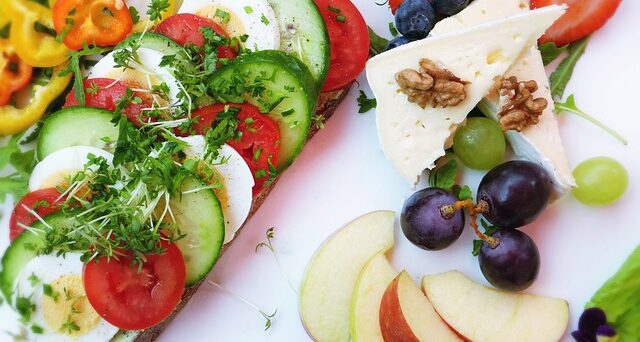The Story of a Diabetic Kitchen and Cook
O Our story begins in the spring of 2006, when my husband began feeling strangely thirsty over the course of two days. He drank cup after cup of coffee, water, juice, tea, and finally, tall glasses of lemonade. He could not quench his thirsty feeling. And he noticed that he had lost 10 pounds over the two days. At 45 years old, he was carrying a little more weight than when we were first married. But we all loved food in our family and relished eating many different cuisines. When the thirst persisted and the mysterious weight loss started creeping up to 15 pounds, he made an appointment to see his primary care physician. Thus started our journey of a Diabetic Kitchen!
He walked in the front door after his appointment and I could tell something serious was going on. He was quiet and had a preoccupied look on his face. The doctor took his blood; and his blood sugar was 240. He was diagnosed with Type 2 diabetes. He also had some other high numbers that were concerning. In fact, the doctor had wanted to put him in the hospital to get some of these dangerous levels down immediately. But my husband had persuaded her to let him try some dietary changes instead – beginning RIGHT NOW!
Like many families, we had a tight grocery budget. And I had depended heavily on bread, cereals, pasta, rice, potatoes, and other cheap filling carbohydrate ingredients, to stretch our grocery dollars. Now many of these pantry staples were forbidden. Or at least the versions we were familiar with. Those made with refined white flour and with most of the natural fiber removed.
Shopping for food that fit the new diabetic requirements of my husband’s modified diet was a shock to the kitchen. This new food EXPENSIVE compared to our refined comfort foods. But it all also tasted different and the kids (and adults, too) didn’t like the new flavors and textures. With our family of four living on a single salary, and a teacher’s salary at that, we were facing seemingly impossible and overwhelming challenges.
As time went on, however, we found foods that fit the diabetic requirements. And that everyone in the family could live with. We found substitutions for many of our comfort foods. And we all learned to like the nutty texture of whole wheat sandwich bread. It turns out that whole wheat pasta doesn’t taste that different when you slather it with tomato sauce and sprinkle on a good amount of grated parmesan. We learned a new way of eating and the world still kept turning!
I have always loved to cook, and the challenges of diabetic have not changed much in the kitchen. Healthy food can be beautiful, nutritious, and delicious, and doesn’t have to break the budget.

